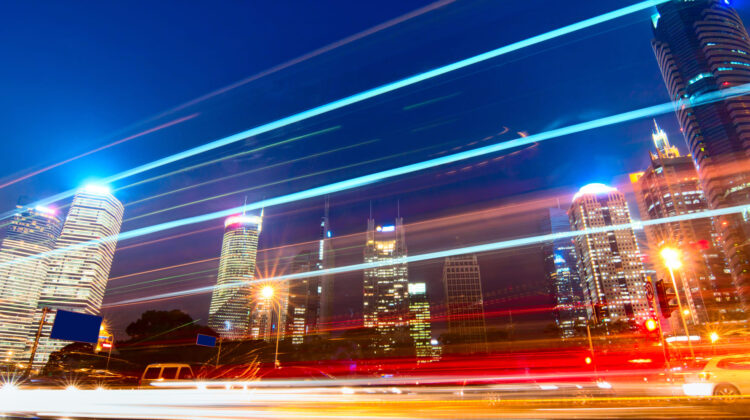
Tradition Meets Modernity: The Evolving Face of Asia
In the dynamic expanse of Asia, a profound transformation is unfolding, seamlessly weaving the rich tapestry of traditional values with the brisk threads of modernity. This continent, home to ancient civilisations and burgeoning economies, stands at a crossroads of change, where the past and the present are not merely coexisting but also coalescing in unique and unforeseen ways. The essence of this transformation lies not in the abandonment of tradition, but in its adaptation and integration into the rapidly evolving societal and economic frameworks that characterise 21st-century Asia.
The landscape of Asia’s modernity is as diverse as its cultures. In countries like Japan and South Korea, technological advancements harmonise with ancient customs, creating societies that are both deeply rooted in history and significantly ahead in terms of technological innovation. Japan’s embrace of robotics and artificial intelligence (AI) in daily life, for instance, is juxtaposed with its strong adherence to Shinto and Buddhist traditions, encapsulating a blend that is as harmonious as it is astonishing. Similarly, South Korea’s meteoric rise in the global entertainment and technology sectors coexists with its undiminished respect for Confucian values and family hierarchies.
Elsewhere in Asia, economic growth stories are equally compelling. China’s emergence as a global economic powerhouse brings with it a unique blend of communist ideology and capitalist practice, a model often described as ‘socialism with Chinese characteristics’. This model underscores the intricate balancing act between preserving the political and cultural ethos of the country while embracing the market-driven forces of the global economy. It’s a dance of delicate equilibrium, where the Great Wall stands not just as a relic of the past but as a metaphor for China’s approach to global engagement – protective yet permeable.
India, with its kaleidoscopic diversity, presents another facet of this Asian metamorphosis. Here, the world’s largest democracy is constantly negotiating the space between its colonial past and its tech-driven future. Indian society is underpinned by a multitude of languages, religions, and cultures, each with its own historical context and contemporary significance. The nation’s economic surge, powered by a booming IT sector and a burgeoning middle class, is reshaping societal norms and aspirations. Yet, this economic narrative is also intertwined with the persistence of caste-based identities and traditional rural economies, creating a complex mosaic of change.
This narrative of transformation is not without its challenges. The journey towards modernity often brings with it a series of contentious debates about identity, heritage, and the future. Questions about environmental sustainability, equitable economic growth, and social justice are increasingly at the forefront of policy discussions. Urbanisation, a key driver of economic development in Asia, also poses significant challenges in terms of infrastructure, housing, and the preservation of cultural heritage. Cities like Bangkok and Jakarta are examples where rapid urban growth is testing the limits of sustainable development.
The digital revolution is another critical aspect of Asia’s transformation. The proliferation of smartphones and the internet has created unprecedented access to information and opportunities for millions. This digital leap has implications for education, governance, and civic engagement, fundamentally altering how Asian societies interact, learn, and govern. However, this digital expansion also raises concerns about data privacy, cybersecurity, and the digital divide, particularly in less developed regions where access to technology is not equitable.
In the cultural arena, Asian art, cinema, and literature are gaining global recognition, becoming vehicles for both cultural export and introspection. The global popularity of Bollywood films, K-pop, and Japanese anime exemplifies how Asian cultures are influencing global trends while also reflecting on their own stories and histories. These cultural products not only entertain but also offer insights into the societal changes and challenges within these countries.
In conclusion, Asia’s journey towards modernity is a multidimensional one, marked by a fascinating interplay between tradition and modernity. This journey is not a linear path but a rich, complex tapestry of social, economic, and cultural threads that are being rewoven in the light of contemporary challenges and opportunities. As Asia continues to evolve, it holds lessons for the world in balancing tradition with transformation, heritage with progress, and cultural identity with global interconnectedness. The continent’s future, thus, is not a departure from its past but a continuation of its millennia-old narrative, reshaped for a new era.
Author: Donglu Shih
Expert in Asian culture and economics. She collaborates with major companies in the field of international relations. Collaborates with The Deeping on Asian political topics

